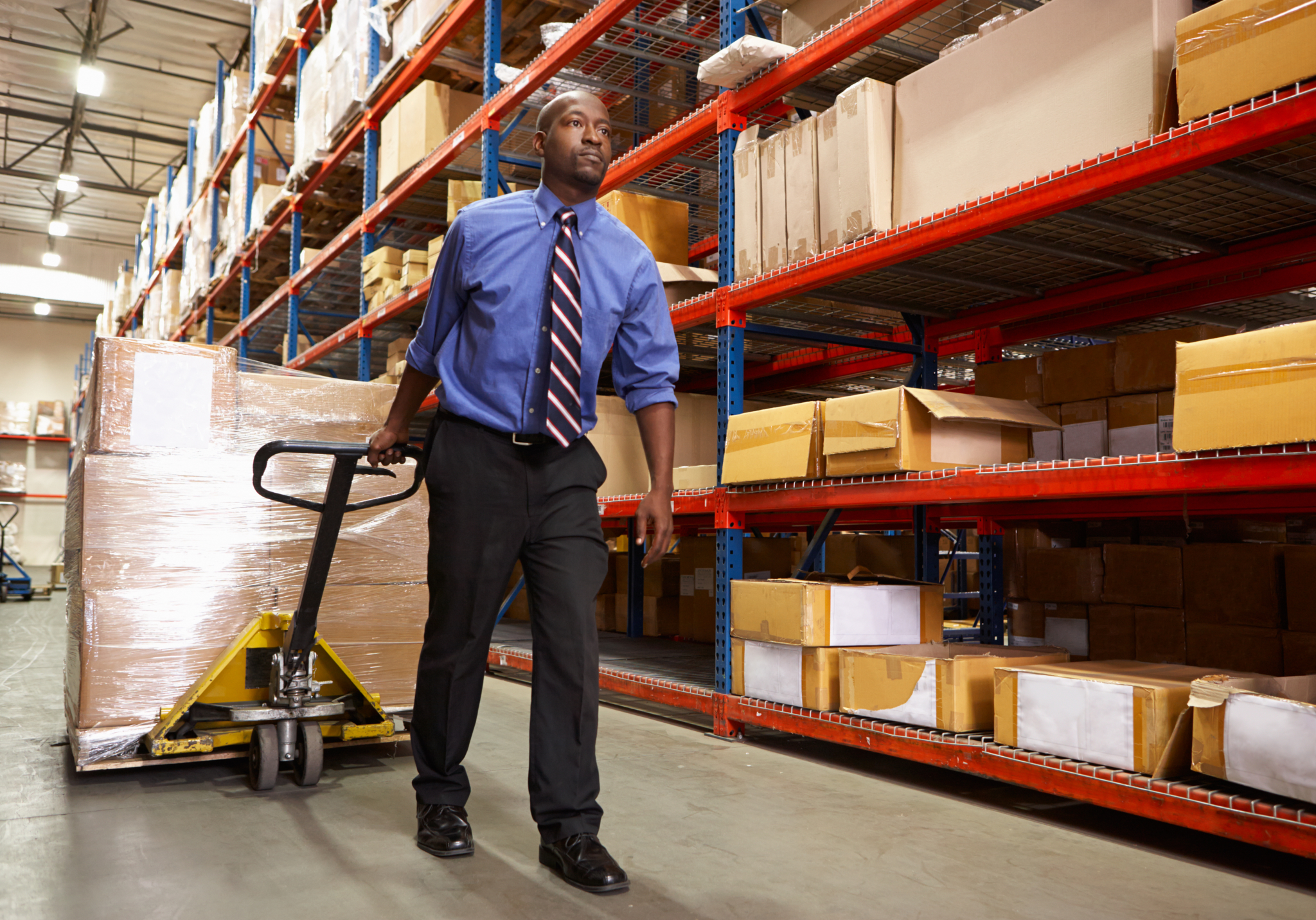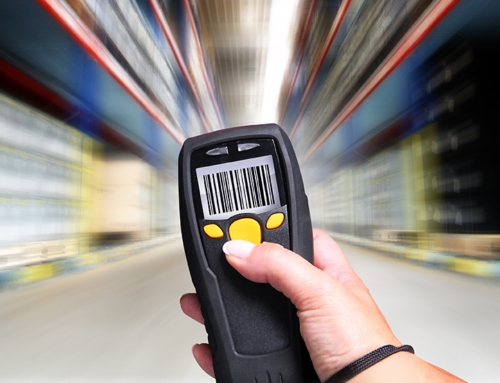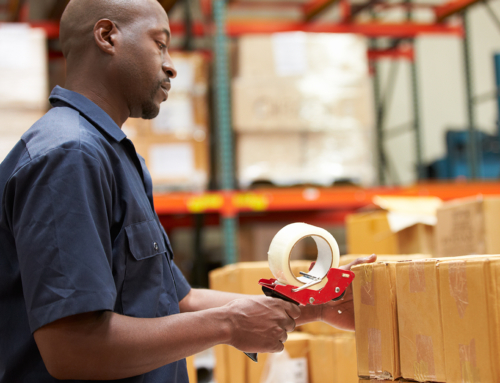By now you know it’s vital to have a returns management process in place to handle all those returns you’re getting from your eCommerce arm, as well as the trickle of bring-backs to your brick-and-mortar shop.
Just having a reverse logistics team isn’t enough, though, if it’s not functioning well. But how can you tell if you’re doing well, especially if you’re just starting to develop a returns management practice as part of your supply chain?
Signs Your Returns Management Team is Top Notch
You probably think you’re doing pretty good with reverse logistics, but it can be hard to be objective about these kinds of things when you don’t have a lot of exposure to other teams working in the same capacity in other supply chains.
Knowing how you’re doing is vital to continually improving returns, so you need to start with tracking your KPIs.
Once you have that process started, you can look to these indicators to know for sure that your team is super awesome:
- Customers keep coming back for more. Your shoppers are increasingly savvy, checking everything from competitor pricing to your returns policies in case they do find a better price elsewhere or simply don’t like what they buy.If those customers continue to come back, or buy more when they make their returns, that’s a great sign that you’re doing something right. It can’t speak to the specific thing you’re doing to delight and please those people, but at least you know you’re moving in the right direction.
- Your returns continue to cost you less and less. Here’s where the rubber meets the road. Your returns management team should start paying for themselves at some point, both by getting products back in your store quickly and by providing customers with a level of service that assures them that they can make that purchase, even if there’s a risk they may have to return it later. The more efficient your reverse logistics process, the lower your costs and the better your results.
- You’re able to resell or recycle nearly everything from your reverse logistics arm. There’s a lot of monetary value in a reverse logistics arm that’s nimble enough to find ways to sell almost everything you’ve got to manage.There’s a secondary market for nearly any kind of merchandise these days, even if that’s just to sell it for scrap. While you might not make it rich by scraping DOA smartphones, you’ll improve your green footprint and save costly landfill fees.
Having a returns management process that’s up to speed is more than just doing reverse logistics right one time. It’s really an ongoing process that requires constant monitoring and willingness to change as inefficiencies appear.







Leave A Comment